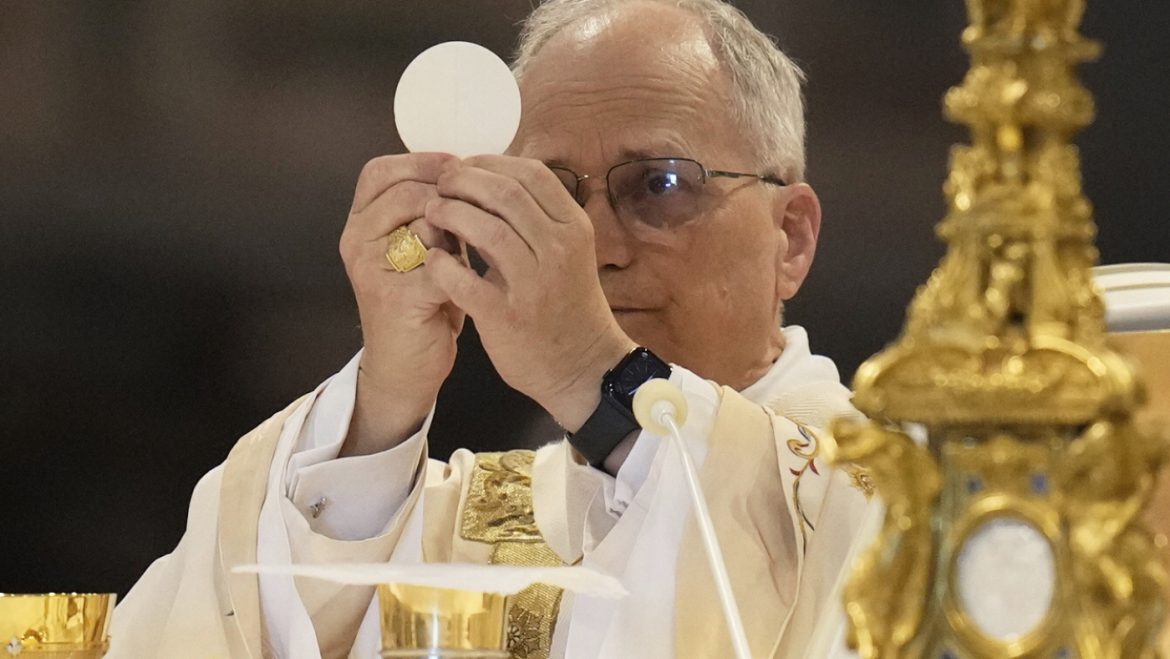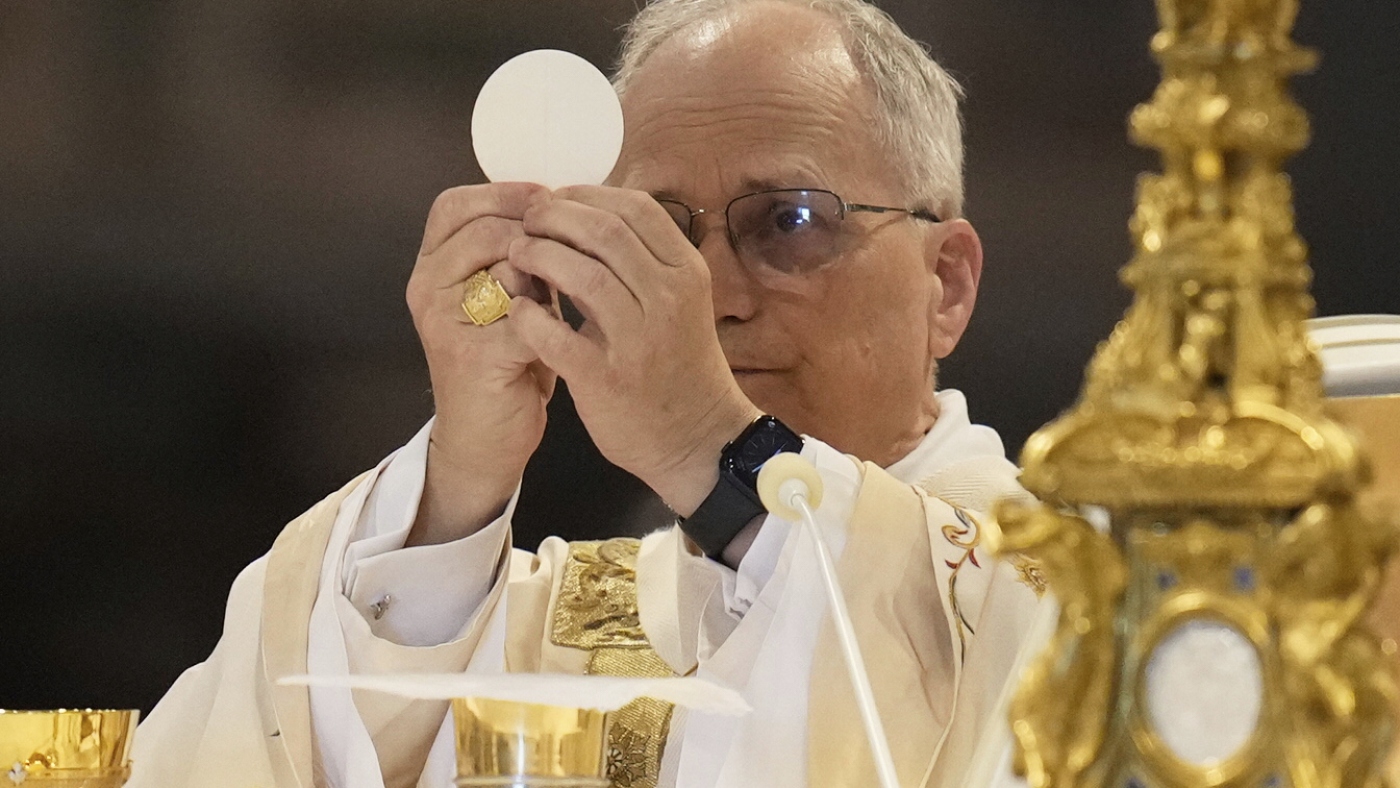The Historic Significance of Pope Leo XIV Declaring “I Am Roman”
Pope Leo XIV’s recent declaration, “I am Roman,” as he completed the formalities to officially become the bishop of Rome marks a pivotal moment not only in his papacy but also in the history of the Catholic Church. This statement encapsulates profound religious, cultural, and symbolic dimensions that deserve comprehensive exploration. As the first American pope to assume this ancient title, Leo XIV’s affirmation connects modern leadership with centuries-old traditions embedded in the heart of Christianity.
—
Transition into the Role of Bishop of Rome
On Sunday, Pope Leo XIV solemnly presided over a Mass at the Archbasilica of St. John Lateran—the cathedral church of Rome and the official seat of the bishop of Rome. This ceremony traditionally marks the moment when a pope assumes direct pastoral responsibility for the diocese of Rome, apart from his universal role as leader of the world’s 1.4 billion Catholics. St. John Lateran is not just an architectural marvel but a symbolic center of spiritual authority and the administrative nerve center of the diocese.
The Weight of the Title “Bishop of Rome”
The bishop of Rome is a title worn by every pope, linking them to a lineage dating back to Saint Peter, whom tradition holds as the first bishop of the city. While papal responsibilities extend globally, the role as bishop of Rome requires localized governance, often delegated to a vicar due to the extensive obligations undertaken by a modern pope. Yet assuming this title is a solemn commitment to shepherd the Roman faithful, embodying the principle that the pope is first and foremost a shepherd of a specific community, even as he leads a universal church.
—
“I Am Roman”: A Symbolic and Personal Declaration
When Pope Leo XIV declared, “I am Roman,” he echoed a historic and spiritual identity transcending nationality and personal background. Born in the United States, this American pope bridges continents while embracing the city that is the heart of Catholicism. His words were intensified by a quote from Saint Augustine: “With you I am Christian, and for you, bishop,” reinforcing a unity between personal faith and public duty.
Embracing Roman Identity
By claiming Roman identity, Leo XIV acknowledges the deep roots of the papacy in the city. His declaration serves both as a gesture of profound respect to the city’s heritage and as a promise of solidarity with its people. Addressing the mayor of Rome, the pope stated, “Today I can say that through you and with you, I am Roman.” This statement signals his intention to engage with the city in a mutual partnership, promoting pastoral care and civic collaboration.
—
The Significance for the Catholic Church
Leo XIV’s declaration arrives amidst the backdrop of a global church facing contemporary challenges—social, political, and spiritual. As the spiritual leader of a faith community spanning cultures and nations, his identification as Roman emphasizes stability, tradition, and continuity. At the same time, it highlights the adaptability and universality of the papal office.
First American Pope and Global Implications
His American roots bring fresh perspectives to ancient traditions. According to reports, American cardinals emphasized that his election was propelled by his devoted service to the poor and to the church, not merely his nationality. This demonstrates a shift where meritocratic and pastoral considerations outweigh geographic or cultural origins, furthering the church’s global inclusivity.
Symbol of Unity in Diversity
Given the Catholic Church’s immense size and diversity, Leo XIV’s words remind the faithful that despite varying national and diocesan identities, unity begins with the local community he now shepherds in Rome. It serves as a metaphor for the broader Catholic identity—rooted in tradition but universally accessible.
—
Liturgical and Ceremonial Formalities: The Path to Full Authority
The possession of the Roman Cathedra—the bishop’s chair in the St. John Lateran Basilica—signifies Leo XIV’s complete assumption of the office of bishop of Rome. Taking possession of this physical and symbolic seat is a powerful visual and ceremonial act that underscores the pope’s pastoral authority over the diocese.
Engagement with Roman Priests and Faithful
The evening Mass attended by local priests and the faithful also highlights Pope Leo XIV’s outreach efforts, signaling a pastoral approach grounded in engagement and accompaniment. This pastoral interaction reinforces the relational dimension of papal ministry—not just as a distant figurehead but as an active shepherd among his flock.
—
Conclusion: A Momentous Declaration with Lasting Impacts
Pope Leo XIV’s declaration, “I am Roman,” stands as a defining statement linking his contemporary papacy to the long and profound history of the bishops of Rome. This affirmation is more than a ceremonial formality; it is a commitment to the spiritual, cultural, and communal legacy of the papacy rooted in Rome. As the first American pope, Leo XIV embodies a bridge between the old and new worlds, showing that the heart of Christianity remains both timeless and vibrant.
His embrace of Roman identity sets the tone for a papacy that honors tradition while engaging courageously with modern realities. This moment invites Catholics and observers alike to reflect on the meaning of leadership, belonging, and service in one of the world’s most enduring institutions. The journey ahead promises to be as historic as it is inspiring, with Pope Leo XIV at its helm proudly proclaiming, “I am Roman.”


